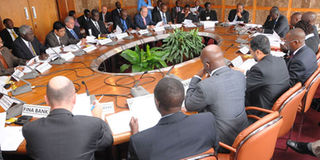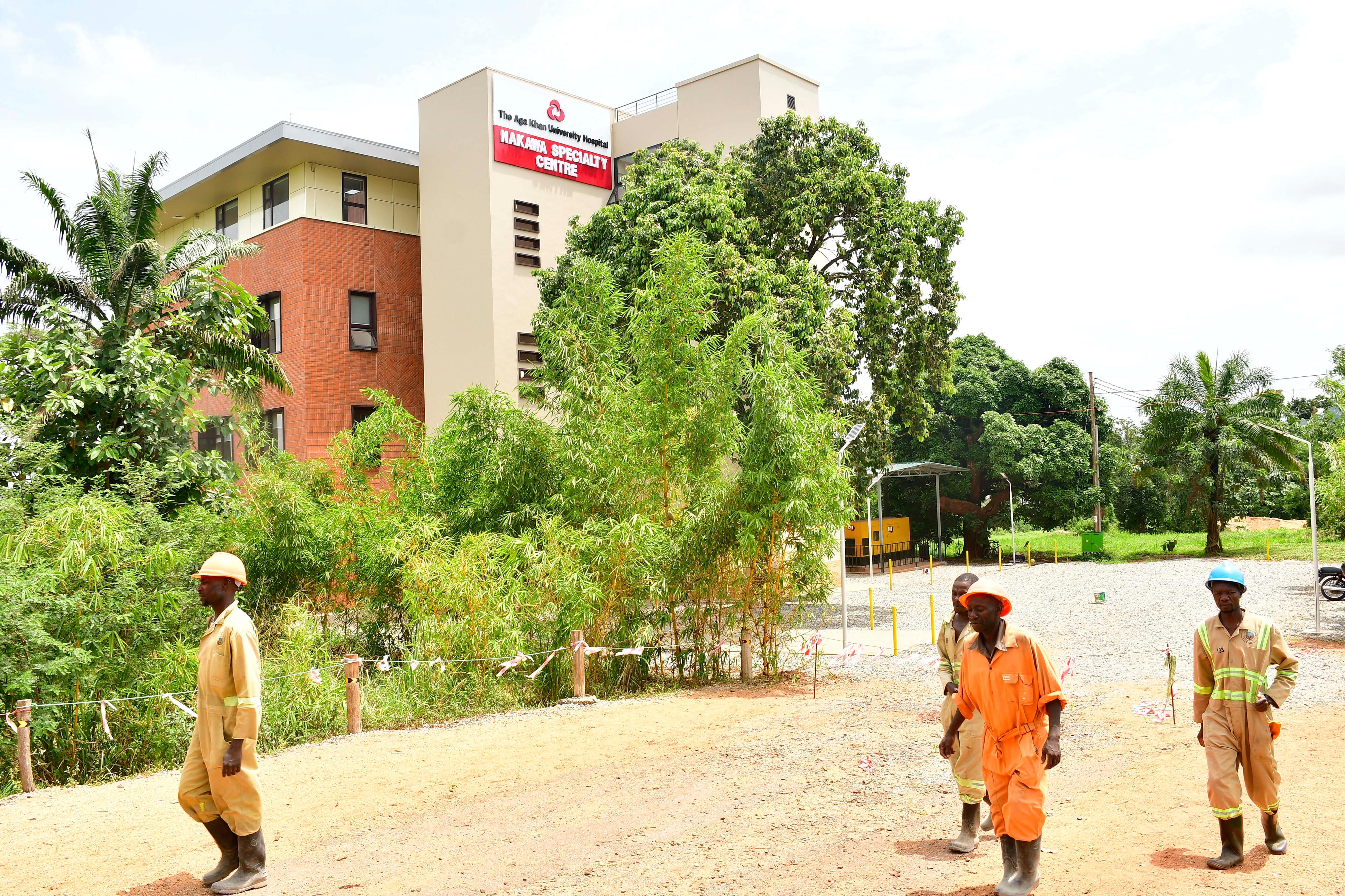Central bank lowers lending rate to 14%

What you need to know:
Background. BoU has been easing monetary policy since April
KAMPALA.
Bank of Uganda (BoU) yesterday moved to provide a stimulus once again in the economy by reducing the Central Bank Rate (CBR) from 15 per cent to 14 per cent, a move it says is aimed at supporting the country’s high economic growth and private sector credit.
BoU has been easing monetary policy since April when it first reduced the rate to 16 per cent from 17 per cent and to 15 per cent in June 2016 to support economic growth that has been weakened by election anxieties early this year and to reduce high credit cost.
BoU governor Emmanuel Tumusiime-Mutebile said given that inflation is forecast to stabilise around the policy target of 5 per cent over the next six months, they believe that a continued easing of monetary policy is warranted.
Uganda’s economy was relatively weak during the Financial Year 2015/16. Mr Mutebile said although real output declined in the third quarter of the last financial year, BoU’s high frequency measures of economic activity for July 2017 indicate a recovery in the fourth quarter of the financial year, adding that as domestic demand picks up, the economy is projected to grow strongly in this financial year at about 5.5 per cent compared to the estimated 4.6 per cent for the last financial year.
“The recovery in private sector credit growth and higher public infrastructure spending are expected to support economic growth. However, uncertainty over international economic activity has increased substantially and this could constraint international demand for Uganda’s exports,” Mr Mutebile said.
The tight monetary policy executed by BoU beginning late last year up to early this year yielded positive results in that it contained inflation and caused stability in the foreign exchange market.
The governor explained that the near-term outlook for inflation improved as a result of the recent stability of the exchange rate, pointing out that annual core inflation is now expected to converge to the medium term target of 5 per cent.
“Both annual core headline and core inflation are now forecast to decline to around 5 per cent by end 2016,” Mr Mutebile said.
Uncertainties in the global economy have seen most central banks both in the developed and developing countries easing monetary policy.
The BoU director of research, Dr Adam Mugume, said there are uncertainties in the international economic environment at the moment.
“Nobody knows how the oil prices will be in the international market; there is Brexit from the European Union, South Sudan takes 5 per cent of our export but there is war there and we are not sure whether election will take in Democratic Republic of Congo,” Dr Mugume said.
In the recent past, the level of non-performing loans has been rising due to high interest rate charged by banks and poor corporate governance, among other factors.
The BoU director in charge of supervision, Ms Justine Bagyenda, said the level of non-performing loans in Uganda banks increased from 4 per cent in June 2015 to 7.4 per cent in June 2016.
IMPACT ON BORROWERS
However, borrowers may wait for some time for a reciprocal response by commercial banks. Mr Mutebile clarified that policy of reducing the CBR is always characterised by lag response from the commercial banks.
“It normally takes four weeks or months for them to reduce their lending rate, however, I hope that as we put pressure on them and the politicians they will reduce their lending rates,” he said.
At the pick of tight monetary policy, the average lending rates were at 25 per cent but following the monetary policy easing in the recent the average lending rates have dropped to 23.5 per cent.




